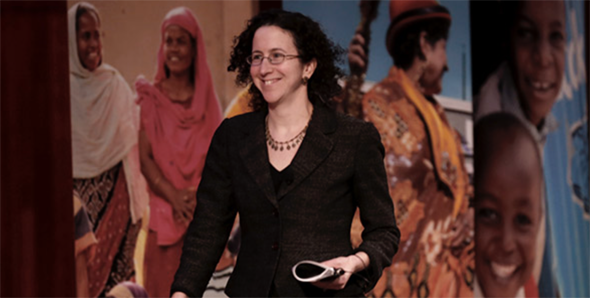Amy Finkelstein emphasizes value of late-in-life health care spending
Study debunks notion that large chunks of Medicare go to futile end-of-life care

“What we need to do is engage in the challenging task of figuring out which kinds of spending are yielding health benefits, and what types aren’t. Let’s focus on the real problem and not get distracted by misleading statistics. There’s a lot of hard work ahead of us, not easy answers.”
—Amy Finkelstein, John and Jennie S. MacDonald Professor of Economics
Around 25 percent of Medicare spending in the U.S. occurs in the last year of people’s lives. This is sometimes discussed as a questionable use of resources: Is society throwing large amounts of medical treatment at some patients in a futile, if noble, effort to extend lives that are bound to end soon?
A new study co-authored by an MIT health care economist offers a resounding answer: No.
After examining millions of medical records, the study found that although Medicare spending is concentrated among people who die, there is very little Medicare spending on patients whose death within the year is highly likely. For example, the researchers discovered, less than 5 percent of Medicare spending is applied to the single highest-risk percentile of all individuals — and their predicted one-year mortality rate is still just 46 percent.
“What we discovered is, very little money is spent on people who we know with high probability are going to die in a short amount of time,” says Amy Finkelstein, a professor in MIT’s Department of Economics and co-author of a paper in the journal Science that details the study’s findings. To the extent that such cases exist, she adds, “they’re just not the drivers of spending” in bulk.
The study also illuminates the general circumstances of late-in-life mortality. Fewer than 10 percent of people who die in a given year have a predicted one-year mortality rate over 50 percent. As the researchers found, even when people are admitted to a hospital in what turns out to be their last year of life, fewer than 4 percent of those patients have a predicted one-year mortality rate of 80 percent or higher at the time of admission.
Read the full story at MIT News
Browse more SHASS stories about Human Health
Suggested links